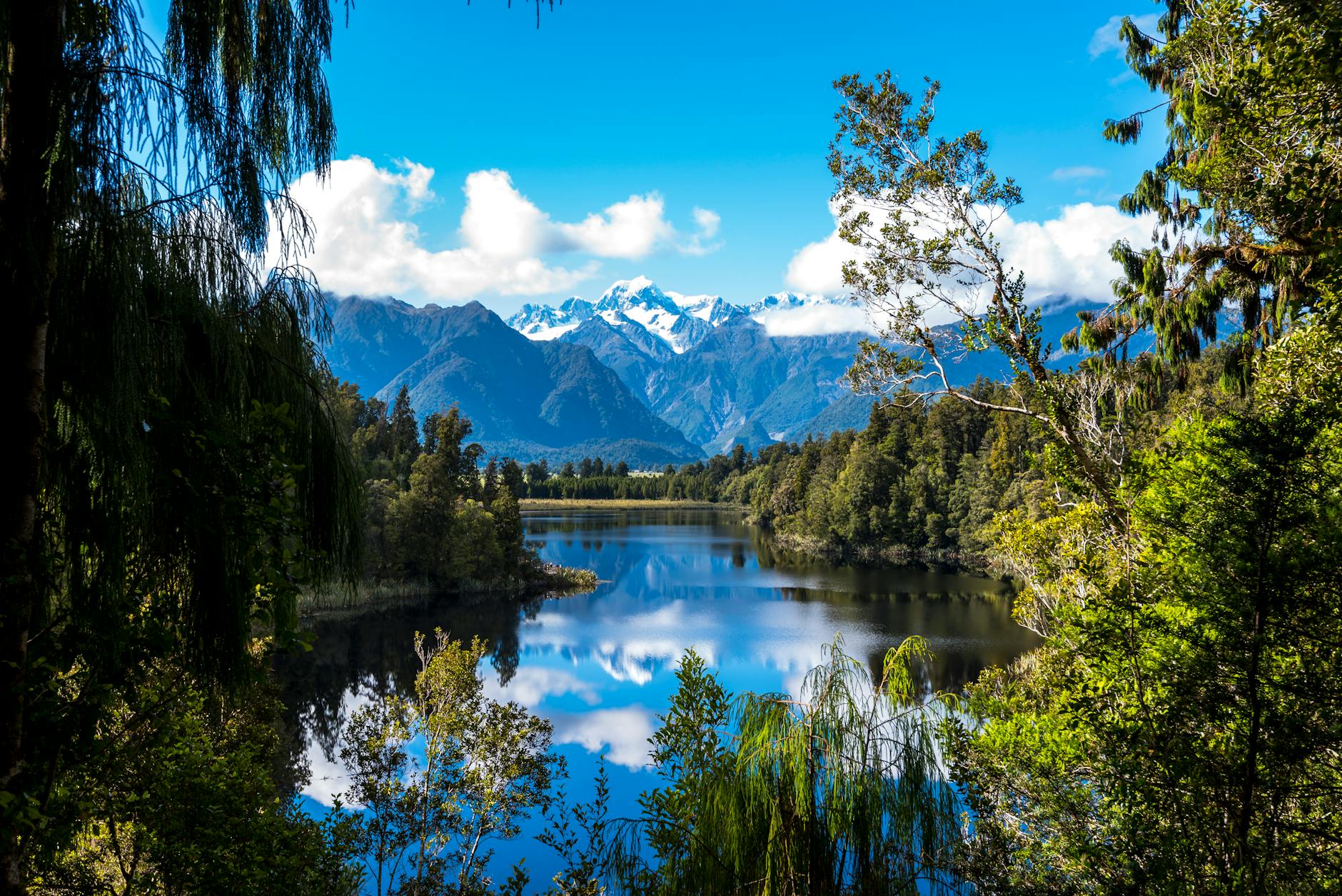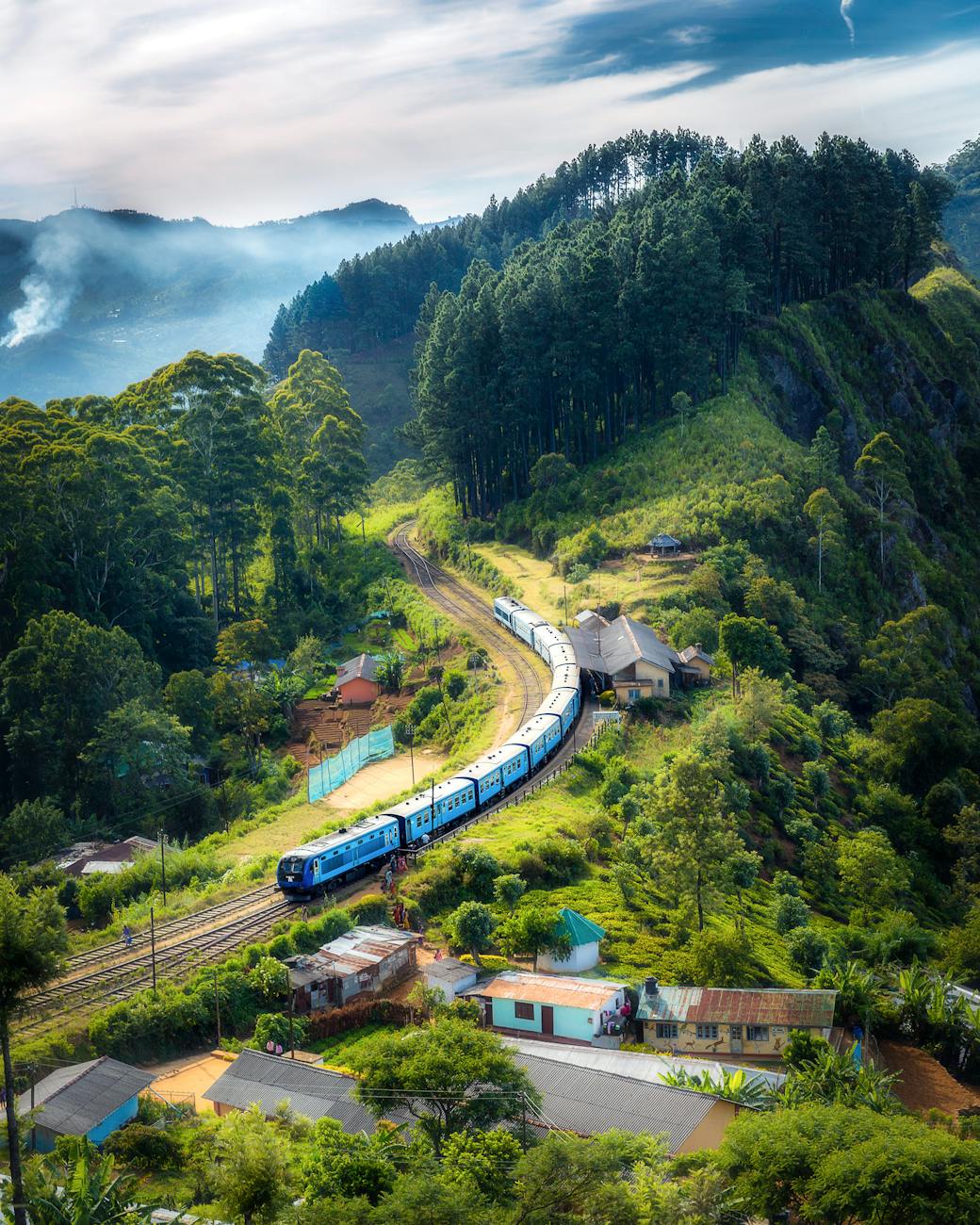Most people visit New Zealand for famous spots like Milford Sound or bungee jumping. But the best adventures are hiding in secret places. These hidden gems show you the real New Zealand without the crowds. Get ready to discover caves, wildlife, and landscapes that most tourists never see.
- Secret Caves and Underground Worlds
- Amazing Wildlife You Won't Find Anywhere Else
- Real Culture Beyond Tourist Shows
- Hidden Natural Wonders
- Adventure Sports in Secret Places
- City Secrets Most People Miss
- Best Times to Visit These Places
- Cool Places to Stay
- Planning Your Hidden Adventure
- Making the Most of Your Trip
- Your Adventure Awaits
Secret Caves and Underground Worlds
New Zealand has amazing caves beyond the famous glowworm ones. These hidden spots offer magical experiences without the tour buses.
Places to Visit:
- Kawiti Caves, Northland – See glowworms up close in small groups
- Oparara Basin, West Coast – Walk through a giant natural stone bridge
- Nettlebed Cave, Kahurangi National Park – Explore the deepest cave in the Southern Hemisphere
Practical Tips:
- Book cave tours ahead of time
- Bring warm clothes – caves are always cold
- Wear good walking shoes with grip
- Ask about fitness levels needed before booking
- Some caves need special experience, so check first
Amazing Wildlife You Won’t Find Anywhere Else
Skip the busy penguin spots and find rare animals in peaceful places.
Places to Visit:
- Kapiti Island, near Wellington – See kiwi birds and rare native birds
- Chatham Islands – Meet the world’s rarest robin and unique plants
- Stewart Island, Rakiura National Park – Spot real wild kiwis at night
Practical Tips:
- Book wildlife tours early – they fill up fast
- Bring quiet shoes for night kiwi walks
- Pack warm clothes for early morning trips
- Chatham Islands need flights – check weather first
- Be patient – wild animals don’t perform on schedule
- Bring binoculars for better viewing
Real Culture Beyond Tourist Shows
Experience authentic Maori culture and learn about New Zealand’s first people in meaningful ways.
Places to Visit:
- East Cape marae stays – Live with local families and learn traditions
- Chatham Islands Moriori sites – Discover a peaceful island culture
- Tane Mahuta walk, Northland – Visit New Zealand’s biggest tree with Maori guides
Practical Tips:
- Respect marae rules – ask before visiting
- Bring gifts when staying with families
- Learn basic Maori greetings before you go
- Listen more than you talk during cultural visits
- Book marae stays through official contacts only
- Dress nicely for cultural sites
Hidden Natural Wonders
Find amazing landscapes that tour buses can’t reach.
Places to Visit:
- Valley of Geysers, near Taupo – Soak in hot pools alone
- Pinnacles Desert, Coromandel – Hike through stone towers in the forest
- Lake Mapourika, West Coast – See perfect mountain reflections without crowds
Practical Tips:
- Start hikes early to avoid other people
- Check weather before visiting remote spots
- Bring plenty of water and snacks
- Tell someone where you’re going
- Download offline maps – cell service is spotty
- Pack rain gear – weather changes fast
Adventure Sports in Secret Places
Try exciting activities away from the busy adventure towns.
Places to Visit:
- Whanganui River – Canoe through untouched wilderness for days
- Canterbury backcountry – Helicopter skiing in private mountains
- Heaphy Track, West Coast – Bike through forests to empty beaches
Practical Tips:
- Book adventure sports well ahead
- Check your fitness level matches the activity
- Bring your own gear if you have it
- Weather can cancel trips – have backup plans
- Ask about experience needed before booking
- Get travel insurance that covers adventure sports
City Secrets Most People Miss
Even New Zealand’s cities hide cool surprises.
Places to Visit:
- Wellington’s old water tunnels – Explore forgotten underground spaces
- Auckland’s small volcanoes – Climb Mount Hobson for city views without crowds
- Christchurch street art areas – See how the city rebuilt with art after earthquakes
Practical Tips:
- Join local walking groups to find hidden spots
- Ask at visitor centers about lesser-known attractions
- Use public transport to reach neighborhood gems
- Visit early morning for peaceful city exploring
- Download city apps for self-guided tours
- Talk to locals for insider tips
Best Times to Visit These Places
Timing is everything for hidden experiences. Some things only happen at certain times of year.
When to Go:
- Southern lights – Winter nights on Stewart Island or Canterbury Plains
- Lupin flowers – Spring in Mackenzie Basin (purple flowers everywhere)
- Wine season – Winter in Central Otago (cozy tastings by fires)
- Best weather – Summer for remote hiking and camping
- Fewer crowds – Shoulder seasons (spring and fall)
Practical Tips:
- Check seasonal road closures before traveling
- Book accommodations early in popular seasons
- Pack for changing weather in any season
- Some activities close in winter – call ahead
- Summer gets busy even in hidden spots
- Weather apps help plan outdoor activities
Cool Places to Stay
Make your trip special with unique places to sleep.
Places to Stay:
- Remote lighthouse stations – Sleep by the ocean with dramatic views
- High country sheep farms – Help with farm work and stay in old homesteads
- Forest tree houses – Wake up in the trees with bird sounds
Practical Tips:
- Book unique stays months ahead
- Expect basic facilities at remote places
- Bring your own food to isolated spots
- Check what’s included before booking
- Some places have no cell phone service
- Ask about access roads – some need 4WD vehicles
Planning Your Hidden Adventure
Finding New Zealand’s best secrets needs different planning than regular tourist trips.
Before You Go:
- Join New Zealand travel forums online
- Contact local visitor centers for insider tips
- Book small group tours instead of big ones
- Get detailed maps for remote areas
- Check conservation area rules and permits
What to Pack:
- Good walking boots for all terrains
- Warm and waterproof clothes
- First aid kit for remote areas
- Portable phone charger or power bank
- Cash – many remote places don’t take cards
- Headlamp for caves and night activities
Safety Tips:
- Always tell someone your travel plans
- Check weather forecasts before heading out
- Know your fitness limits
- Carry emergency supplies in remote areas
- Have backup plans if weather turns bad
- Get proper travel insurance
Making the Most of Your Trip
Getting Local Knowledge:
- Talk to locals everywhere you go
- Visit small town visitor centers
- Join guided tours with local experts
- Ask accommodation hosts for secret tips
- Connect with conservation groups for wildlife spots
Respecting Special Places:
- Follow “Leave No Trace” rules
- Respect Maori cultural sites
- Don’t disturb wildlife for photos
- Stay on marked tracks to protect plants
- Support local businesses in small towns
Budget Tips:
- Hidden spots often cost less than famous ones
- Cook your own meals in remote areas
- Share costs by traveling with others
- Book directly with local operators
- Visit during shoulder seasons for lower prices
Your Adventure Awaits
New Zealand’s hidden treasures offer experiences you’ll remember forever. These secret places show you the real heart of the country. You’ll see amazing nature, meet welcoming people, and create stories that no guidebook can give you.
The best part about off-the-beaten-path travel is the surprises. You might discover a hidden waterfall, meet rare birds, or learn ancient stories from local people. These moments happen when you step away from the crowds and explore with curiosity.
Remember that the best adventures take a little more planning and effort. But when you’re soaking in a secret hot pool or watching the southern lights dance across an empty sky, you’ll know it was worth every extra step.
Pack your sense of adventure, respect for local cultures, and willingness to try new things. New Zealand’s hidden wonders are waiting for travelers brave enough to find them.
Disclaimer: The article is for informational purposes only. Always check current conditions and safety requirements before visiting remote locations. Travel conditions can change due to weather, conservation needs, and local rules.



